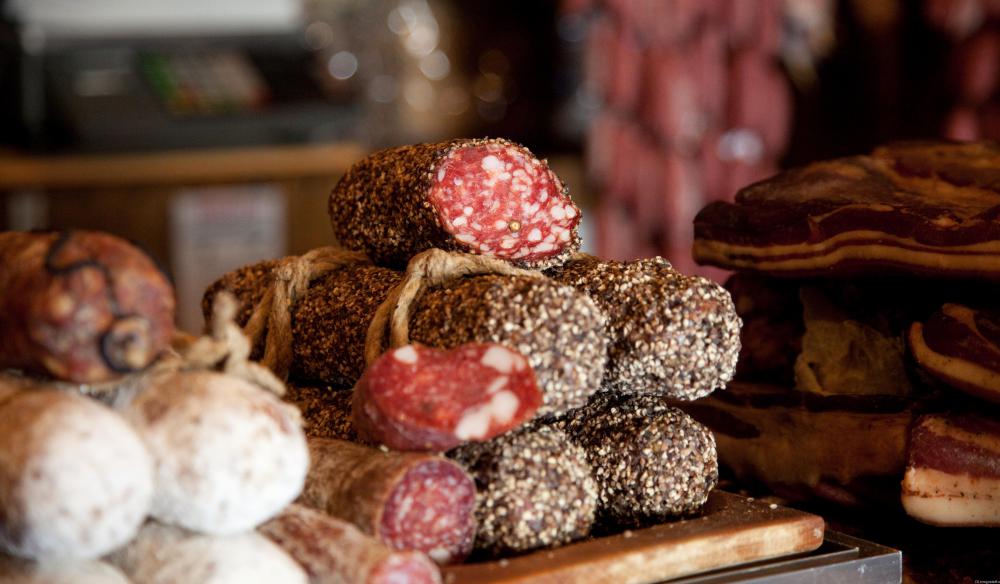At InfoBloom, we're committed to delivering accurate, trustworthy information. Our expert-authored content is rigorously fact-checked and sourced from credible authorities. Discover how we uphold the highest standards in providing you with reliable knowledge.
What Is the Difference between Nitrites and Nitrates?
Nitrites and nitrates are two different molecules that are made up of both nitrogen and oxygen. The chemical difference between nitrites and nitrates is how many oxygen atoms each compound contains. Nitrites have two oxygen atoms and one nitrogen, while nitrates have three oxygen atoms. It is possible for nitrates to turn into nitrites by losing an oxygen atom, and the reverse can happen as well. Nitrates are often found in fertilizers, and both nitrites and nitrates are commonly used in various food preservation processes such as sausage making.
Both nitrites and nitrates are negatively charged ions, which means that the combined protons in these molecules are outnumbered by the electrons. This type of ion is referred to as an anion due to the negative electric charge. The other type of ion is the positively charged cation, which nitrite and nitrate molecules tend to be attracted to. That can allow the nitrite or nitrate molecule to attain a neutral balance of charge when combined with the cation. The other factor that these two molecules have in common is that they are both composed of nitrogen and oxygen.

The most fundamental difference between nitrite and nitrate molecules is that while they both contain nitrogen and oxygen, the number of oxygen atoms is different. Both nitrate and nitrite molecules contain one nitrogen atom, but nitrates have three atoms of oxygen and nitrites have only two. Despite this difference, it is possible for nitrites and nitrates to each chemically change into the other by gaining or losing an oxygen molecule.
Nitrates are most commonly used as a component in fertilizers, since they offer a form of nitrogen that is readily taken up by many plants. Other common uses include glass making and explosives, which is why fertilizer is sometimes used in improvised bombs. In the natural world, nitrates are produced by bacteria that bond nitrogen and oxygen atoms into molecules. These molecules are then used by plants and then later eaten by animals, which rely on nitrates to create proteins. Other microorganisms in the environment are capable of reducing nitrates into nitrites, and then into component nitrogen and oxygen atoms.
One of the main uses for nitrites is in various food preservation processes. It is useful for curing meat due to the fact that it can keep bacteria from growing, and also has a secondary effect of turning the meat a reddish color. This is due to the way that the nitrites react to myoglobin present in meat. Nitrites can also have a reaction with hemoglobin within a human body, turning it into methemoglobin that is incapable of bonding with oxygen. The amount of nitrites present in food items is typically regulated for this reason.
AS FEATURED ON:
AS FEATURED ON:











Discussion Comments
Hey Handycell, I read somewhere that there is a compound in beans that if consumed, helps people deal with nitrates.
Apparently I’m very sensitive to both nitrates and nitrites. I love wine, but it gives me a terrible headache. It’s sometimes so bad that I can’t even do half a glass without getting a headache. It’s so frustrating. I also notice headaches when I eat any kind of shellfish, like shrimp. I hate missing out on eating and drinking things I love because it gives me a headache. Does anyone else experience this and have you found any way to combat this? I’m wondering if there are any vitamins or foods that will counteract this effect.
Post your comments